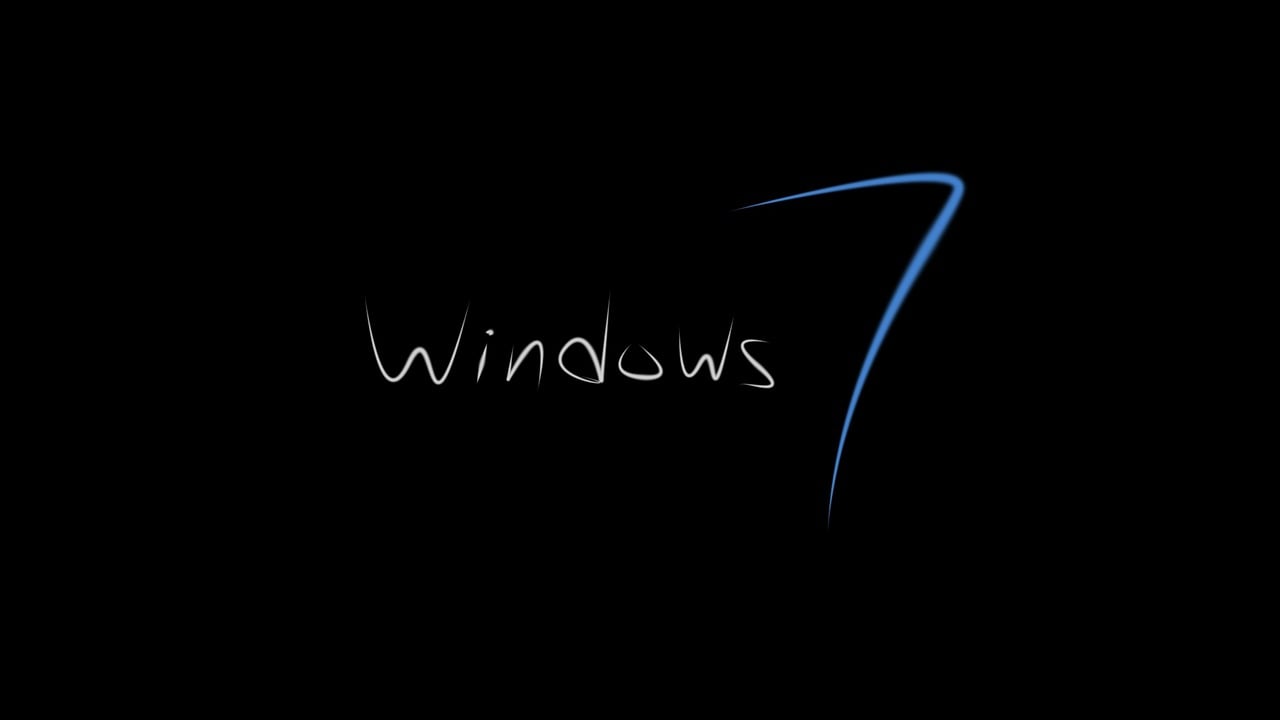
Windows Vista is a version of the Windows operating system.
Windows Vista is a version of Windows released in January 2007. Vista was the successor to Windows XP , the closest predecessor of this operating system.
In 1985 , the American company Microsoft launched the operating system called Windows . Its visual appeal and ease of use for managing a computer 's resources made this work environment one of the most widely used in the world.
Since then, Microsoft has released several versions of Windows. Analysts have noted that more than five years have elapsed between the release of XP and Vista, which is the longest period between two consecutive versions of Windows.
Windows Vista Features
Among the main new features of Vista (whose code name during development was Longhorn ) are the new graphical interface called Windows Aero , the inclusion of Windows Sidebar (a sidebar with applications), the installation of Windows Defender (a program that improves the security of the computer) and the ability to load applications up to 15% faster than XP thanks to the SuperFetch tool.
Windows Vista also makes it easy to install Internet Explorer 7 and Windows Media Player 11 .
Updates
Following its release , Vista received two major updates. Service Pack 1 ( SP1 ) was released in February 2008 and included improvements to the operating system's performance, reliability, and security. Service Pack 2 ( SP2 ) added support for Bluetooth 2.1 and the ability to burn data to Blu-ray without the need to install additional software.
It is well known that there is a large volume of piracy of Microsoft operating systems; however, the company carried out a strong campaign to promote the legal acquisition of Vista, including it in various computer models, both laptops and desktops.

Windows Vista was succeeded by Windows 7.
Weaknesses of Windows Vista
For many users, Windows Vista represented a step backwards in terms of the experience and stability offered by XP; so much so that a large percentage of people skipped this version until its successor, Windows 7, arrived with its list of improvements.
There were many complaints about the operating system , and they were largely justified. First of all, there was its interface, which changed radically in Windows Vista, disorienting the millions of users who had made the effort to get used to the previous one. Although Windows 7 does not mean a return to basics, it does present certain necessary adjustments to make navigation more pleasant.
Outside of the visual aspect and organization, one of the most pronounced weaknesses of Windows Vista was its performance , as well as its exaggerated technical requirements; Windows 7, on the other hand, offers more possibilities and greater fluidity while taking up less disk space and consuming less RAM. Some of the most notable differences can be seen in the startup, shutdown and hibernation times.
It is worth mentioning that many of the improvements Microsoft introduced with Windows 7 were due to specific requests from its users back in the days of Vista; through forums and contacts with technical support, millions of people expressed their discontent and, apparently, they did not do so in vain. Some examples are the modification of the confusing shutdown button, which was itself an options menu, and the deactivation by default of gadgets (a series of small accessories such as clocks and notepads that were displayed on the desktop).
For many, Windows 7 was the true successor to XP and, contrary to what some negative critics tried to spread, it is a completely independent version, with a series of improvements and new features that make it far from a mere update to correct Vista's errors.
